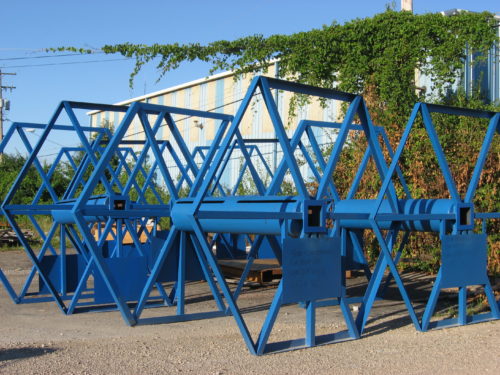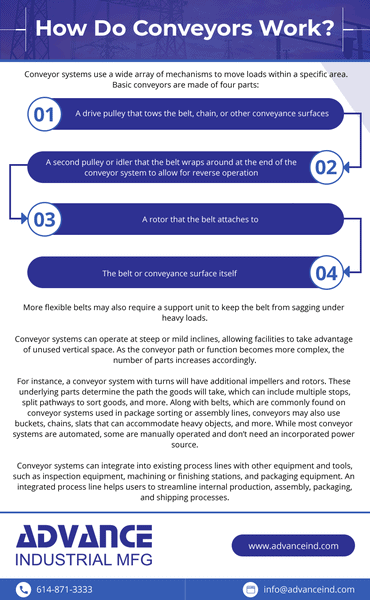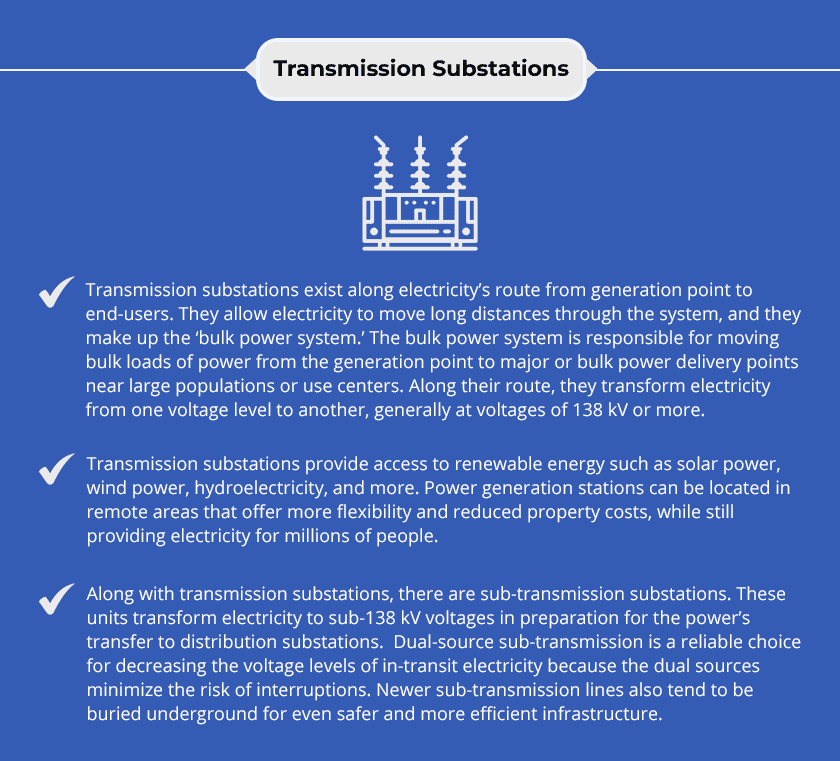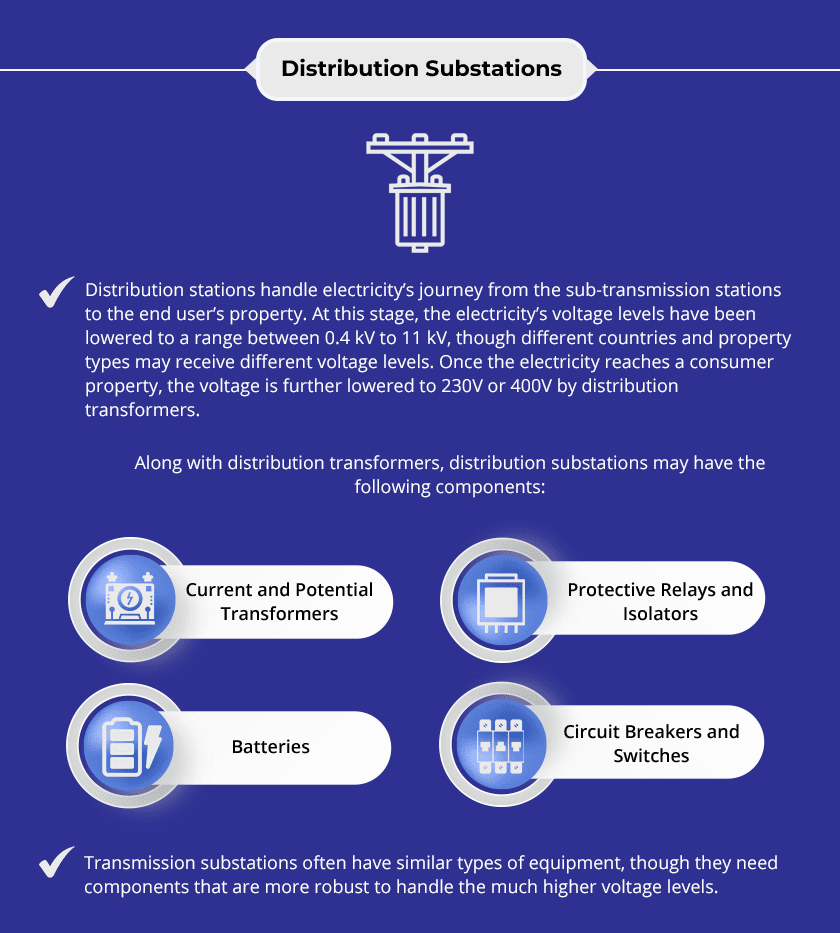Types of Structural Fabrication Work
Leave a CommentStructural fabrication refers to the cutting, bending, and assembling of raw materials—generally steel—to create finished products, systems, and structures. It does not include any operations focused on strengthening or repairing the material. Below, we provide some examples of typical structural fabrication projects.
Applications of Structural Fabrication
Structural fabrication projects are highly varied. They can range from buildings to bridges to other large structures. One of the most commonly used materials in these projects is structural steel, which exhibits many beneficial properties that make it ideal for use in structural applications. Some examples of typical structural steel fabrication projects include:
Industrial Buildings
Structural steel is the top material choice for the construction of industrial buildings due to its high strength, good durability, and ease of fabrication. Since it is strong, it can create stable buildings. Since it is durable, it can produce buildings that require little to no maintenance or repairs. Since it is easy to fabricate, it can be used to make buildings quickly.
Residential Buildings
Structural steel is also widely used for the construction of residential buildings. Structural steel-framed buildings are built similarly to wood-framed buildings. However, they offer better reliability and longevity.
Parking Garages
Structural steel is used to make parking garages for reasons similar to why it is used to make buildings. It is strong and durable, which allows for the construction of stable and reliable parking garages.
Bridges
One of the most common structural steel fabrication projects is bridges. The material has an excellent strength-to-weight ratio, which is highly beneficial for the large structures. Additionally, its durability ensures it can endure the weight of vehicles and pedestrians and withstand the conditions of the environment in which it is erected.
Other Large Structures
Structural steel’s high strength and low weight make it suitable for making a wide range of large structures. It can be used for buildings, bridges, and more.
Structural Fabrication at Advance Industrial Manufacturing
Looking for a partner for your next structural fabrication project? Turn to the experts at Advance Industrial Manufacturing! We are a fabrication shop that specializes in craftsman-style service. We offer a broad selection of manufacturing services—including drilling, welding, fastening, assembling, galvanizing, and more—for steel and various other metals.

Our facility houses all of the equipment we need to complete structural fabrication work in-house, including:
- Ficep Victory 11 CNC Drill Line
- Ficep CNC Angle Line
- Koike Aronson Mastergraph Extreme CNC Heavy Duty Gantry Plasma Cutting Machine
- 300-ton Haco Atlantic CNC Hydraulic Press Brake
- 500-ton Pacific Hydraulic Press Brake
- ½ inch x 10 feet Haco Atlantic CNC Shear
- 3/8 inch x 8 feet 4 Point Cole-Tuve 4 Point Plate Roller
- 5 inches x 5 inches x ½ inch Pullmax Angle Roll
- (2) 120-ton Geka Iron Workers
- 90-ton Whitney Punch
- 30-ton Whitney Punch
- Tomblin Turning Rolls
- Rigid Pipe Threader
- Bickford 6-foot Radial Arm Drill Press
- Bridgeport Mill
- (2) 18-inch Hyd-Mech Band Saws
- (28) Lincoln Welding Machines
- (7) Hand Torch Sets
- Hypertherm Hand Plasma Cutter
Advance Industrial Manufacturing: Structural Fabrication Experts in Ohio
At Advance Industrial Manufacturing, we have the experience, expertise, and equipment to handle a variety of structural fabrication projects. To learn more about our capabilities, contact us today. To partner with us on your next project, request a quote.



